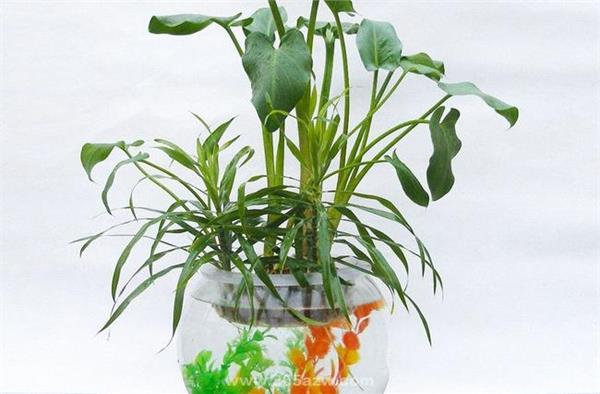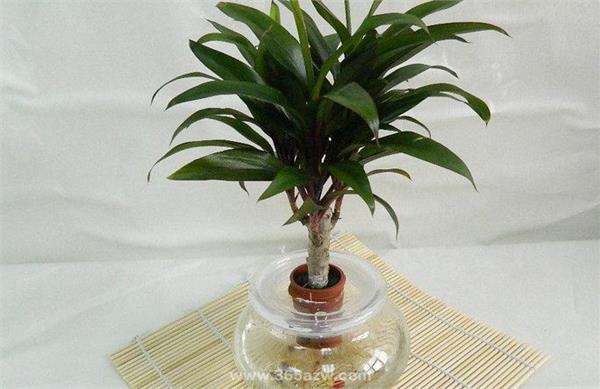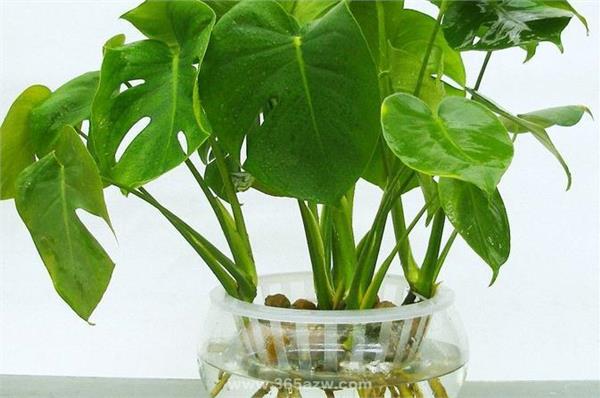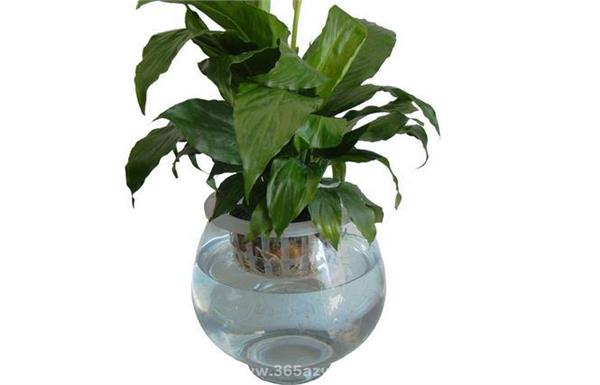[Hydroponic plants] Hydroponic plant cultivation instructions
Many friends do not have a special understanding of the method of hydroponic plant culture. Today, I would like to briefly introduce the instructions for hydroponic plant culture. Let's take a look at it.

What are the hydroponic plants?
1. Rich bamboo
Liliaceae is an evergreen upright shrub, which is very suitable for indoor hydroponic flowers. The leaves of Fugui bamboo are green, the stems are straight and round like bamboo. Leaves ovate, apex pointed, petiole base clasping. It is a very shade-tolerant plant. It still grows well and is tall and strong under weak light conditions. Can be placed indoors for a long time to watch the leaves, do not need special maintenance, as long as there is enough water, it can grow vigorously.
2. Hanging orchid
Perennial evergreen persistent-rooted herbaceous flowers of the family Liliaceae having clusters of leaves linear with longitudinal yellow-and-white stripes on the margin or in the middle. In summer and autumn, slender, flexible and drooping stolons are drawn from the leaves, tender leaves and aerial roots germinate at the top or nodes, and white flowers bloom. The orchid can be raised in indoor water, which can not only purify the air, but also has the advantages of beautiful appearance and simple management.

3. Green pineapple
Araceae is a plant of the genus Colocasia, which belongs to climbing vines and foliage flowers. Sexual preference for warm, humid environment, rattan up to several meters long, internodes have air root, leaves will grow bigger and bigger, leaves each other, evergreen. The stem of the radish is soft and the leaves are delicate. Aquaculture is very simple, make sure to change the water every 2 to 3 days, with simple nutrients.
Notes on hydroponic plant culture
If tap water is used in the preparation of nutrient solution, tap water should be treated. Tap water mostly contains chlorides and sulfides, which are harmful to plants. A little bicarbonate also interferes with the absorption of iron by the roots. Therefore, when using tap water to prepare nutrient solution, a small amount of sodium ethylenediamine tetraacetate or humic acid salt should be added to treat chloride and sulfide in the water. Water should be exposed to the sun a few days before production. If the substrate of hydroponic flowers is peat, the above shortcomings can be eliminated. If the quality of groundwater is poor, it can be prepared with pollution-free river or lake water.

If you do not use nutrient solution, only use ordinary hydroponics, it does not matter, but the growth will be worse, the growth is slow. Usually, the cultivation water in the basin should be changed once in a month or two, just use tap water, but be careful to keep the tap water for a period of time to keep the root temperature stable.
Hydroponic flowers are mostly negative and neutral flowers which are suitable for indoor cultivation and have their own requirements for light. Negative flowers such as ferns, orchids, Araceae, should be moderately shaded. Medium-sized flowers such as tortoise back bamboo, goose palm wood, poinsettia, etc. are not strict on light intensity, usually like the sun is sufficient, can also grow normally in the shade. It is very important to ensure the temperature for the normal growth of flowers. The root system of flowers grows better in the range of 15-30 degrees.

Attention should be paid to identifying the root color of flowers to determine whether they grow better or not. The whole root or root mouth with proper concentration of light and temperature nutrient solution is white. Please pay attention to forbid excessive nutrient solution and shorten the time interval of adding nutrient solution.
In the process of hydroponic flower growth, if water droplets are found at the leaf tip, it is necessary to appropriately reduce the height of the water surface, let more roots be exposed in the air, and reduce the proportion of soaking in water to facilitate the absorption of oxygen.
Related
- Wuhan Hospital Iron Tree Blooming Result Was Instantly Frightened by the Gardener Master
- Which variety of camellia is the most fragrant and best? Which one do you like best?
- What is the small blue coat, the breeding methods and matters needing attention of the succulent plant
- Dormancy time and maintenance management of succulent plants during dormancy
- Minas succulent how to raise, Minas succulent plant pictures
- What are the varieties of winter succulent plants
- How to raise succulent plants in twelve rolls? let's take a look at some experience of breeding twelve rolls.
- Attention should be paid to water control for succulent plants during dormant period (winter and summer)
- Watering experience of twelve rolls of succulent plants
- Techniques for fertilizing succulent plants. An article will let you know how to fertilize succulent plants.



